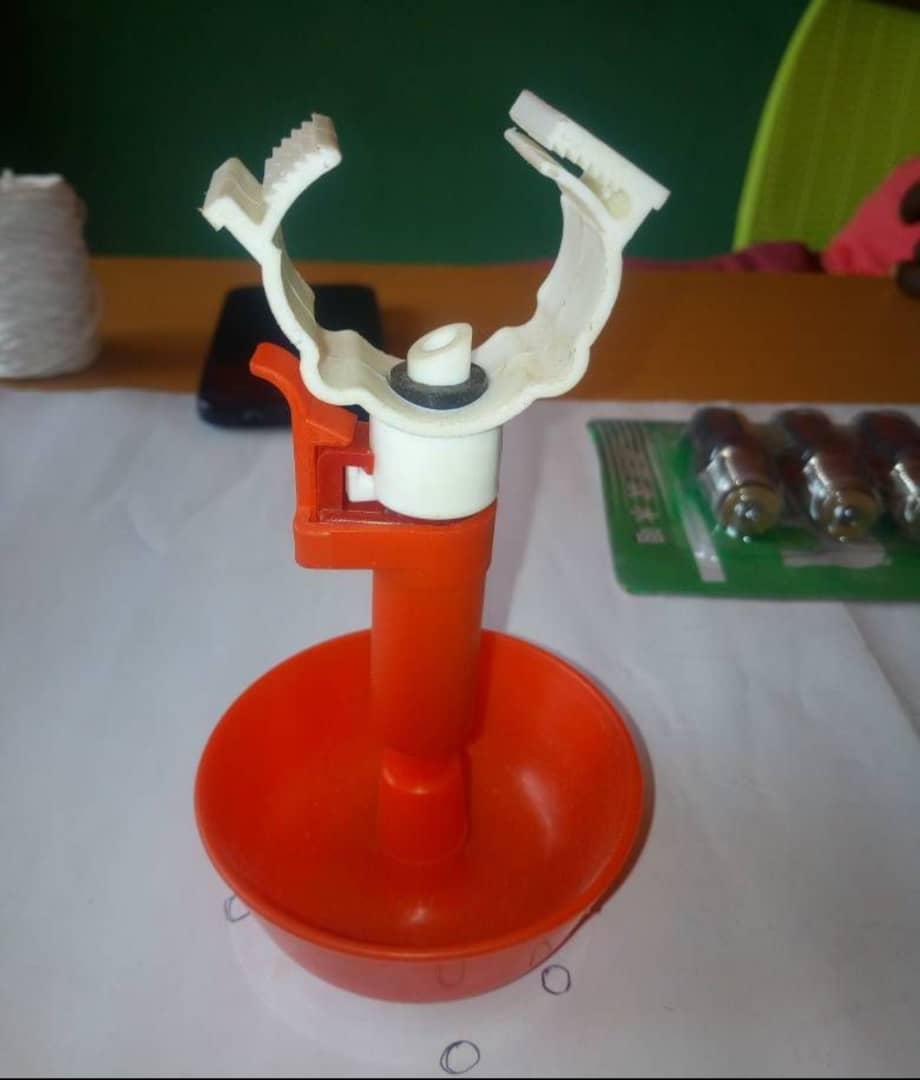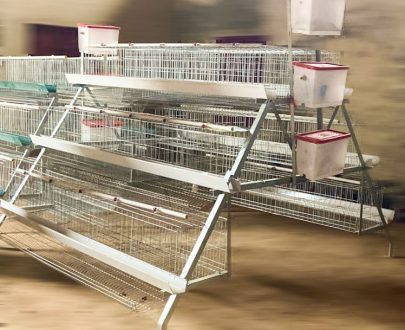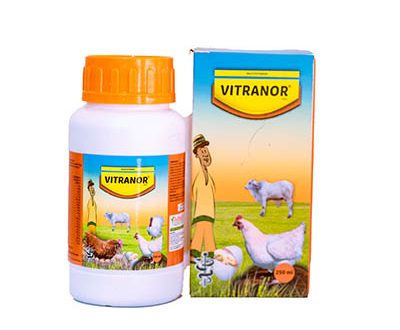What is a Self-Regulating Drinker?
In the world of animal care, ensuring access to clean, fresh water is essential for their health and well-being. While manual and automatic waterers have been the traditional solutions, self-regulating drinkers have emerged as a convenient and efficient option, offering a constant supply of water without constant refilling or monitoring. This guide delves into the details of self-regulating drinkers, exploring their types, functionalities, and their benefits for various applications. A self-regulating drinker, also known as a constant water level drinker or automatic drinker, is a water system that automatically maintains a consistent water level in a container. This eliminates the need for manual refilling and ensures animals have uninterrupted access to fresh water.
How Does a Self-Regulating Drinker Work?
The working principle of a self-regulating drinker typically relies on one of two mechanisms:
- Float valve system: This system employs a float connected to a valve. When the water level in the container falls below a set point, the float descends, triggering the valve to open. Water flows into the container until the float rises and reaches the set point, closing the valve and stopping the flow.
- Pressure-based system: This system utilizes a pressure-sensitive mechanism. As the water level in the container drops, the pressure decreases, prompting the system to automatically open a valve and refill the container until the pressure reaches the desired level, closing the valve.
Types of Self-Regulating Drinkers:
Self-regulating drinkers come in various forms, catering to different animal species and needs:
- Bowl drinkers: These feature a bowl-shaped container with a self-regulating mechanism at the base, commonly used for poultry, rabbits, and small animals.
- Nipple drinkers: These have a nipple valve that releases water only when an animal presses it with their mouth, typically used for larger animals like cattle, horses, and goats.
- Bell drinkers: These combine a cup-shaped reservoir with a bell attached to a lever arm. When an animal pecks the bell, the lever opens, allowing a small amount of water to fill the cup. This design minimizes water waste and is commonly used for poultry.
Benefits of Using Self-Regulating Drinkers:
- Constant water availability: Animals have uninterrupted access to fresh water, regardless of caretaker presence.
- Reduced labor: Eliminates the need for frequent refilling, saving time and effort for caretakers.
- Improved hygiene: Consistent water flow minimizes the risk of stagnant water and reduces the potential for bacterial growth.
- Promotes animal health: Ensures proper hydration, essential for animal health and well-being.
- Minimized water waste: Some models, like nipple drinkers, are designed to minimize water spillage and wastage.
Choosing the Right Self-Regulating Drinker:
Several factors should be considered when selecting the right self-regulating drinker:
- Animal species: Different animals have specific needs and preferences. Choose a drinker designed for the specific species you are raising.
- Number of animals: Ensure the chosen drinker has a sufficient water capacity to cater to the size of your flock or herd.
- Location and environment: Consider the placement of the drinker and choose a model suitable for the environment, such as weatherproof options for outdoor use.
- Ease of cleaning and maintenance: Opt for a drinker with a design that allows for easy cleaning and maintenance to ensure hygiene.
Using Self-Regulating Drinkers Effectively:
- Proper installation: Follow the manufacturer’s instructions for proper installation to ensure the self-regulating mechanism functions correctly.
- Water supply connection: Connect the drinker to a reliable water source with sufficient pressure for the system to function effectively.
- Regular monitoring: While self-regulating, it’s still recommended to periodically monitor the water level and check for any leaks or malfunctions.
- Cleaning and maintenance: Clean and disinfect the drinker regularly according to the manufacturer’s recommendations to maintain hygiene and prevent build-up.
Additional Considerations:
- Heated options: In cold weather conditions, consider using heated self-regulating drinkers to prevent water from freezing.
- Training: For animals unfamiliar with nipple drinkers, providing initial training with water-filled syringes might be helpful.
Conclusion:
Self-regulating drinkers offer a valuable tool for animal caretakers, ensuring a constant water supply for animals while minimizing labor and promoting overall animal health. By understanding the types, functionalities, and best practices for using these systems, you can provide your animals with the uninterrupted access to fresh water they need to thrive.








Customer reviews
Reviews
There are no reviews yet.
Only logged in customers who have purchased this product may leave a review.